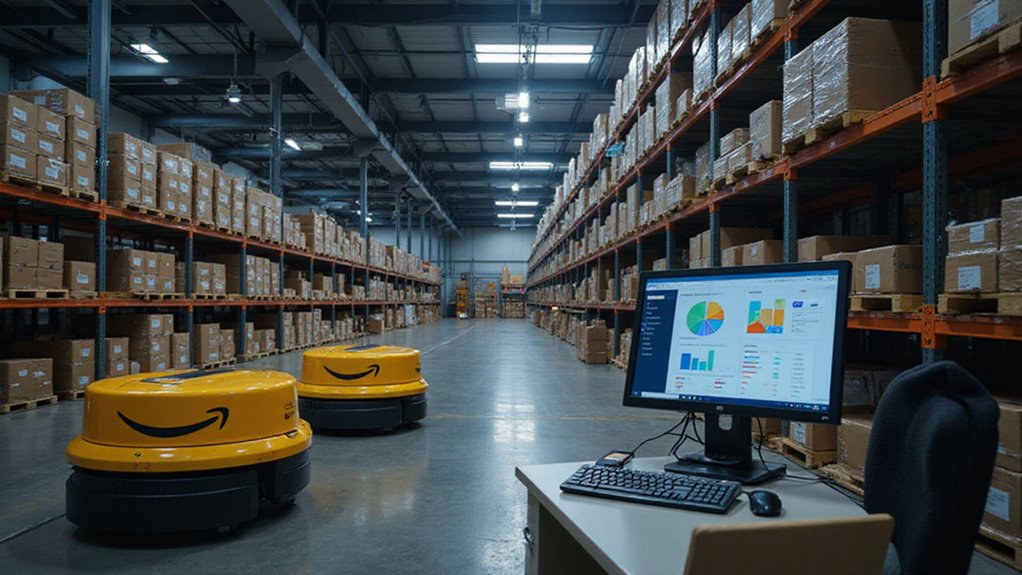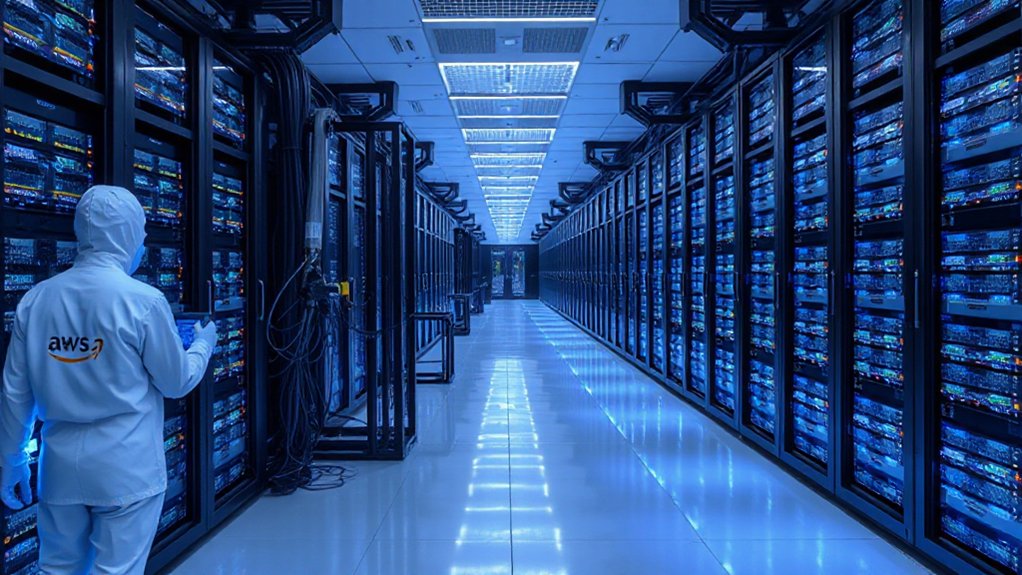As Amazon announced its largest layoff to date, 30,000 employees are now facing an uncertain future. This wave of job cuts exceeds the company’s previous reduction of 27,000 workers in 2022, making it one of the biggest layoffs in tech history. The primary reason behind these cuts is the growing use of artificial intelligence to handle tasks that humans once performed.
The hardest-hit departments include customer support, data analysis, and inventory management. These areas involve predictable, rule-based work that AI systems can now handle effectively. Amazon’s leadership describes this change as moving toward “fewer people, more technology” as part of their core business strategy.
Customer service chatbots now answer questions that human agents once handled. Machine learning programs analyze data that teams of analysts previously managed. AI systems with predictive capabilities now control inventory and warehouse operations that used to require human decision-making.
Amazon CEO Andy Jassy has openly acknowledged that AI will continue to replace certain jobs. The company views this shift as inevitable in today’s competitive market. While automation helps Amazon cut costs and increase efficiency, it’s creating economic hardship for thousands of families worldwide.
The 2025 cuts represent a significant escalation from earlier layoffs. While the 2022 reductions focused mainly on restructuring, this round directly replaces human workers with AI systems. Industry experts see these layoffs as a warning sign for similar changes across the tech sector and beyond.
Public reaction has included criticism about the lack of support for displaced workers. Many are calling for more transparency and retraining programs as the AI shift continues. Communities where Amazon employs large numbers of workers will likely feel economic ripple effects.
Analysts believe this trend will continue, with AI increasingly handling both blue-collar and white-collar jobs. Future human roles may focus more on creativity, oversight, and handling exceptions that automated systems can’t manage. This pattern follows broader market trends, where global job market predictions suggest 300 million jobs could disappear worldwide due to AI advancements.








